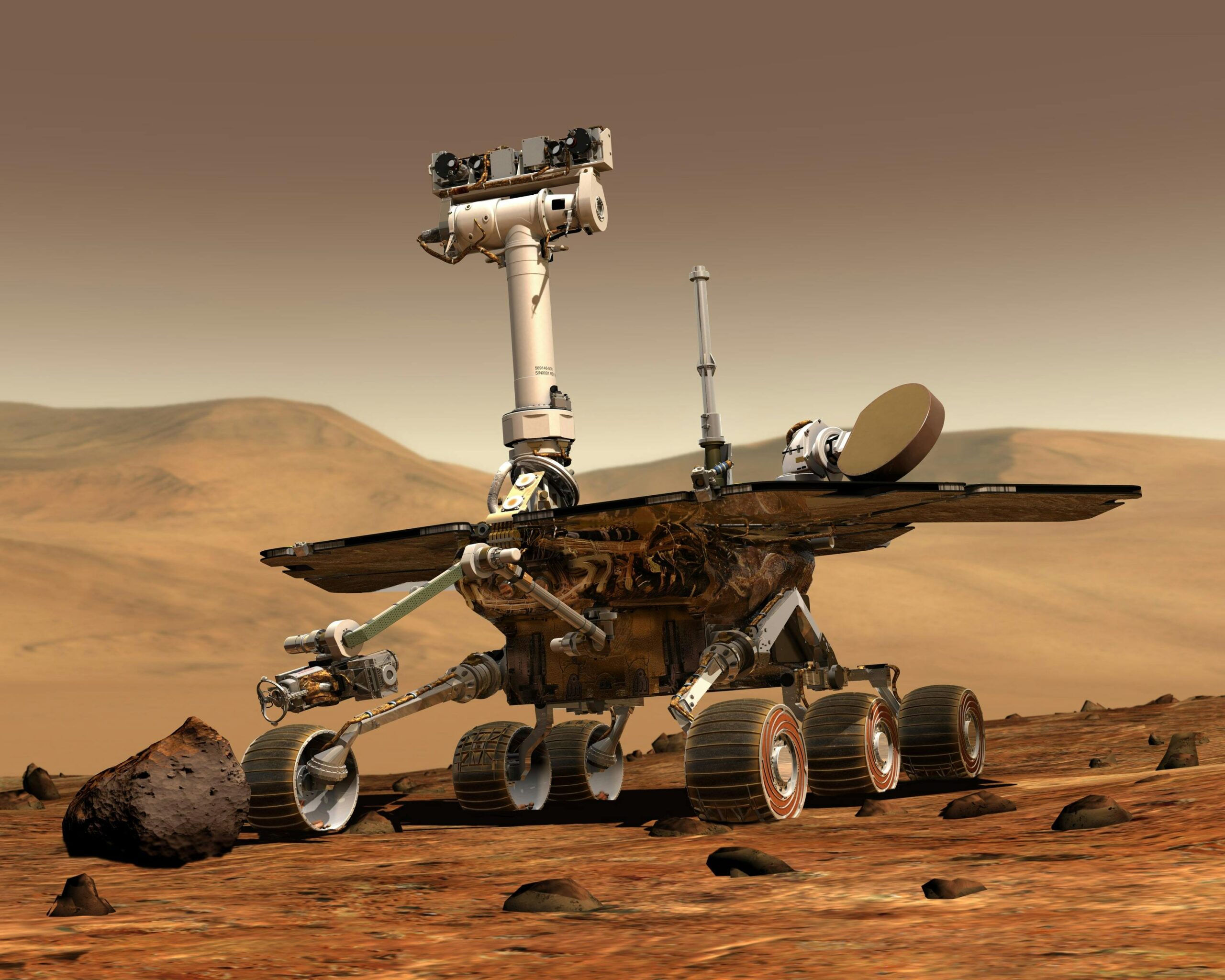For centuries, Mars has captivated our imaginations. The Red Planet, with its rust-colored landscapes and potential for harboring life, has fueled scientific curiosity and inspired countless works of science fiction. Today, the dream of setting foot on Mars is no longer the realm of fantastical stories; it is a tangible goal driving a global space race. This article delves into the challenges and advancements propelling humanity towards Mars, exploring the potential benefits and the long road ahead.
A Journey Beyond Imagination: The Challenges of Reaching Mars
Traveling to Mars is a monumental undertaking. The sheer distance, the harsh Martian environment, and the technological requirements present formidable challenges:
- The Vast Distance: Mars and Earth orbit the Sun at different speeds, leading to varying distances between the two planets. The journey can take anywhere from six to nine months, requiring sophisticated life support systems for astronauts.
- The Hostile Environment: Mars is a cold, dry desert with a thin atmosphere offering little protection from harmful radiation. The average temperature on Mars is -63°C (-81°F), making it a brutally cold environment for human explorers.
- Technological Hurdles: Developing reliable spacecraft capable of carrying humans and supplies on such a long journey, landing safely on the Martian surface, and establishing a sustainable human presence all require significant technological advancements.
Fueling the Fire: Advancements Propelling Us Towards Mars
Despite the challenges, numerous space agencies and private companies are actively working towards a crewed mission to Mars. Here are some key advancements propelling us forward:
- Reusable Launch Vehicles: SpaceX’s Falcon 9 and Starship are prime examples of reusable launch vehicles, significantly reducing the cost of space travel and enabling more frequent missions.
- Advanced Propulsion Systems: Developing powerful and efficient propulsion systems is crucial for shorter travel times and increased payload capacity. New technologies like nuclear thermal propulsion are being explored for this purpose.
- Life Support Systems: Creating closed-loop life support systems that can recycle air, water, and waste will be essential for sustaining human life on a long-term Mars mission.
- Robotic Precursors: Sending robotic missions to Mars is a critical step. These rovers can explore the Martian surface, map resources, and lay the groundwork for future human missions.
- International Collaboration: International cooperation among space agencies like NASA, ESA (European Space Agency), and JAXA (Japan Aerospace Exploration Agency) can pool resources, expertise, and share the burden of such a monumental undertaking.
Beyond the Red Dust: The Potential Benefits of a Martian Colony
A successful human mission to Mars wouldn’t just be a giant leap for humankind; it could offer a wealth of benefits:
- Scientific Discovery: A permanent human presence on Mars would enable in-situ scientific research, uncovering secrets about the Martian climate, geology, and potential for past or present life.
- Resource Acquisition: Mars may hold valuable resources like water ice, minerals, and potential energy sources. Extracting and utilizing these resources could be crucial for establishing a sustainable colony.
- Technological Innovation: The challenges of space travel will drive advancements in various fields, including materials science, engineering, robotics, and medicine, potentially leading to breakthroughs with applications on Earth.
- Space Exploration Momentum: A successful Mars mission would be a major milestone in space exploration, inspiring future generations and potentially paving the way for exploration of further destinations in the solar system.
A Long Road Ahead: Preparing for Humanity’s Next Frontier
While the dream of setting foot on Mars is closer than ever, it’s still a long journey ahead. Significant hurdles need to be overcome before establishing a permanent human presence on the Red Planet. Here’s what we can expect:
- Continued Technological Development: Further advancements in propulsion systems, life support technologies, and robotics are necessary before a crewed mission becomes feasible.
- International Collaboration: Global cooperation will be key to sharing resources, expertise, and the financial burden of such a large-scale endeavor.
- Ethical Considerations: Concerns regarding planetary protection, ensuring the Martian environment remains uncontaminated, and legal frameworks governing space exploration need to be addressed.
- Public Support: Maintaining public enthusiasm and securing long-term funding for Mars exploration projects remain crucial factors for success.
A Dream Within Reach: Setting Foot on Mars
The human desire to explore is an age-old urge. Landing on Mars wouldn’t simply be a scientific achievement; it would be a giant leap for humanity, pushing the boundaries of human potential and establishing a foothold on a new world. The challenges are immense, but the potential rewards are equally vast. As we continue to strive towards this goal, the journey itself will undoubtedly lead to countless scientific discoveries and technological advancements that will benefit humanity for generations to come. The Red Planet beckons, and with continued dedication, collaboration, and innovation, humanity may one day take its first steps on the dusty plains of Mars, forever etching its mark on the cosmic canvas.
